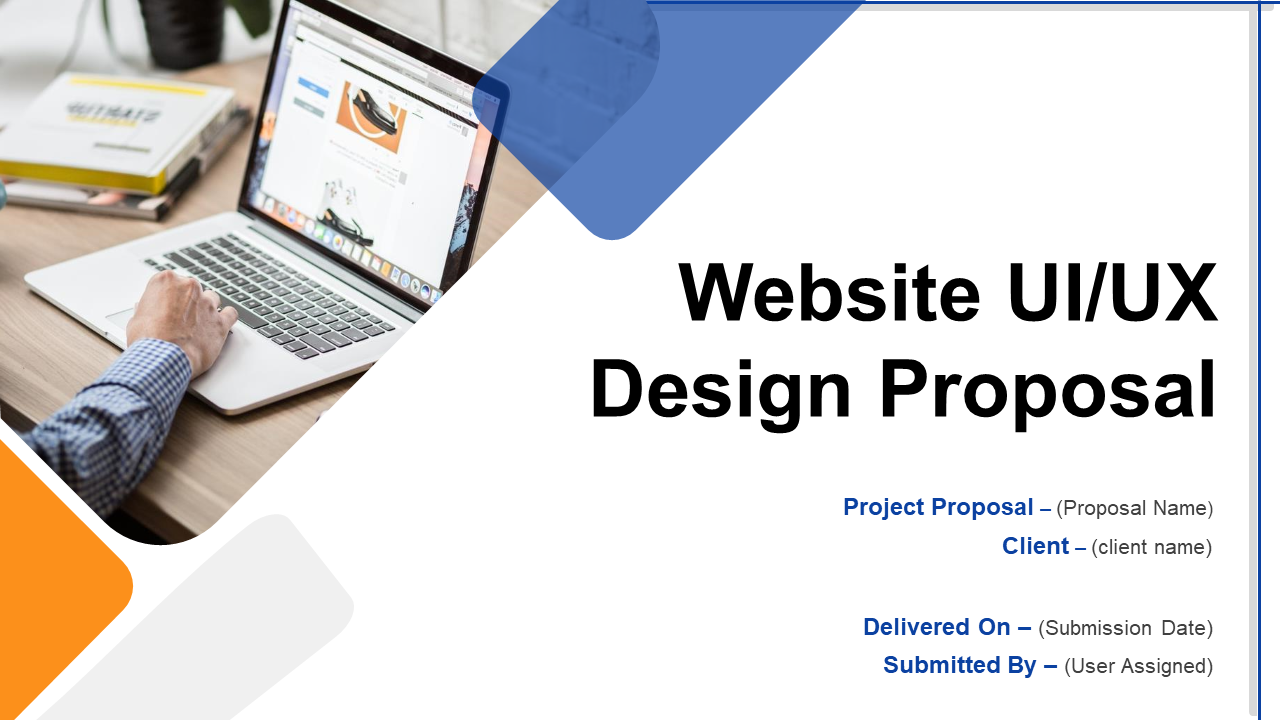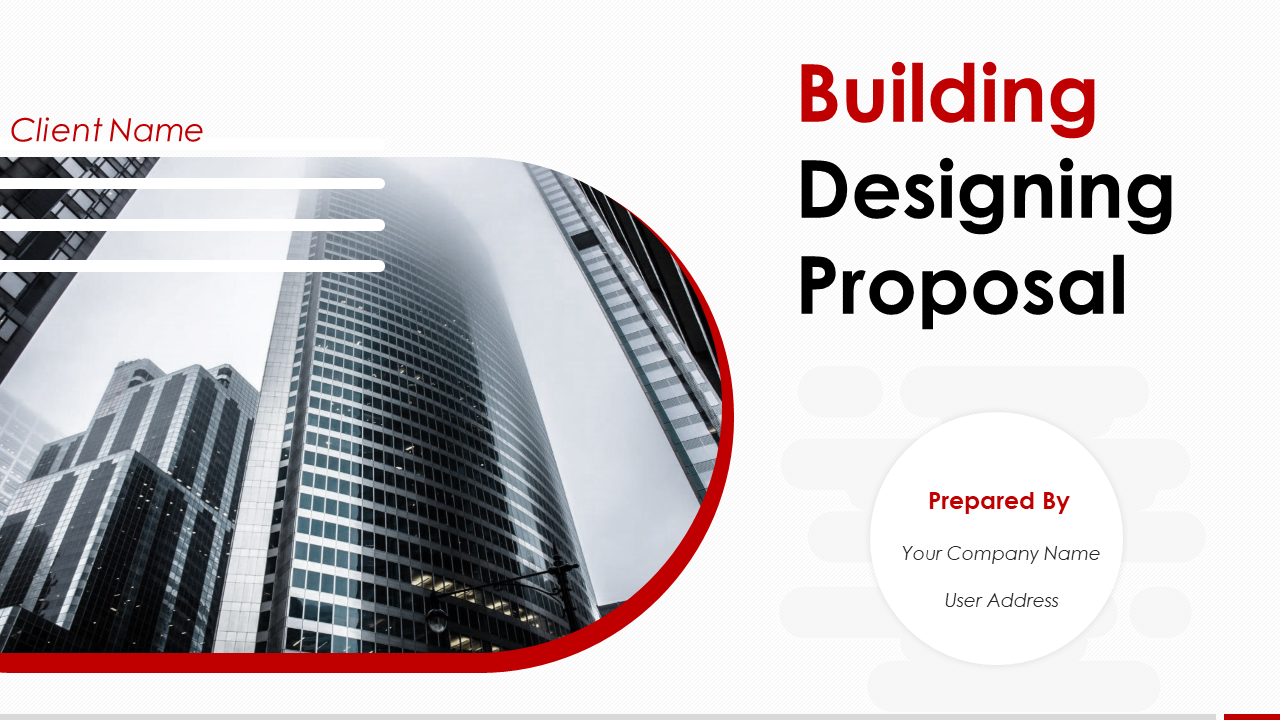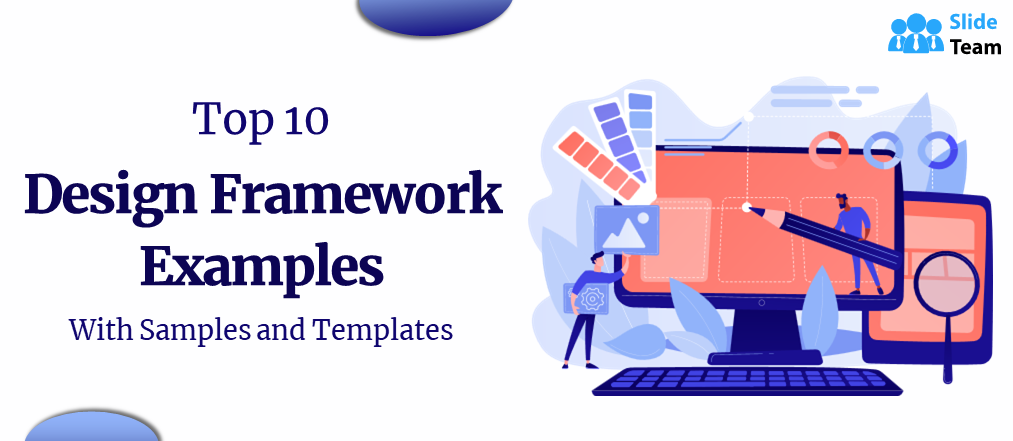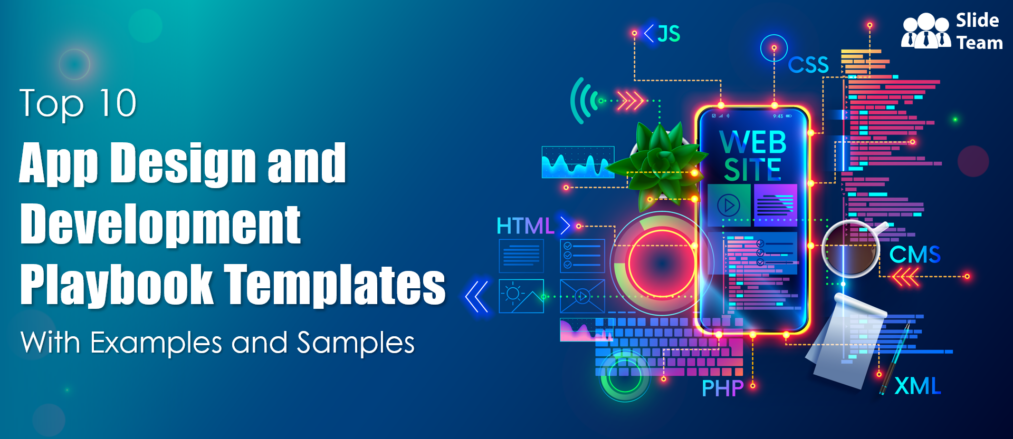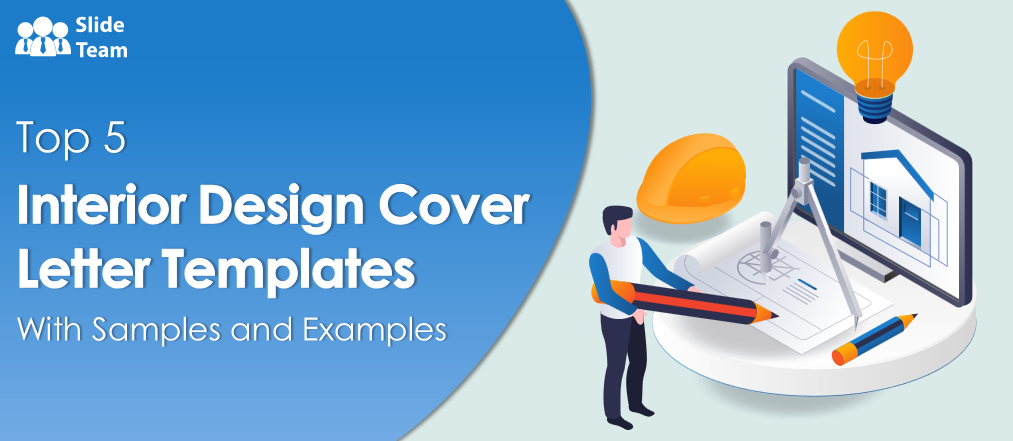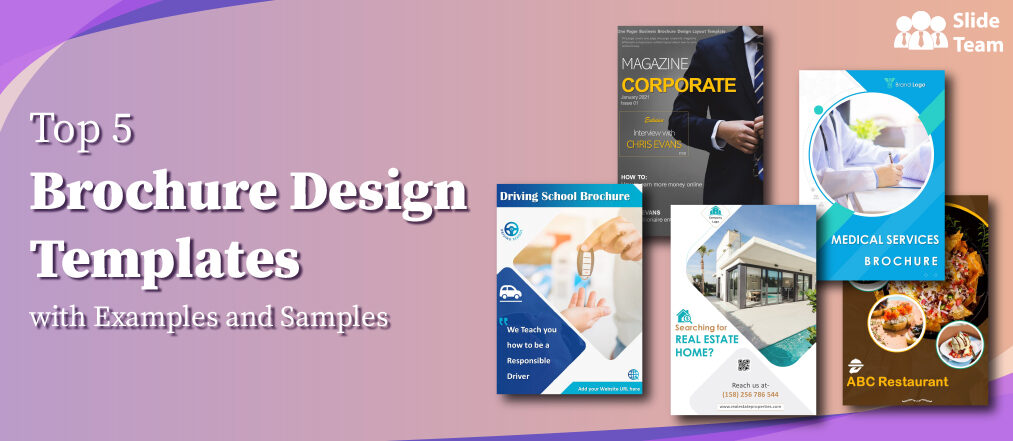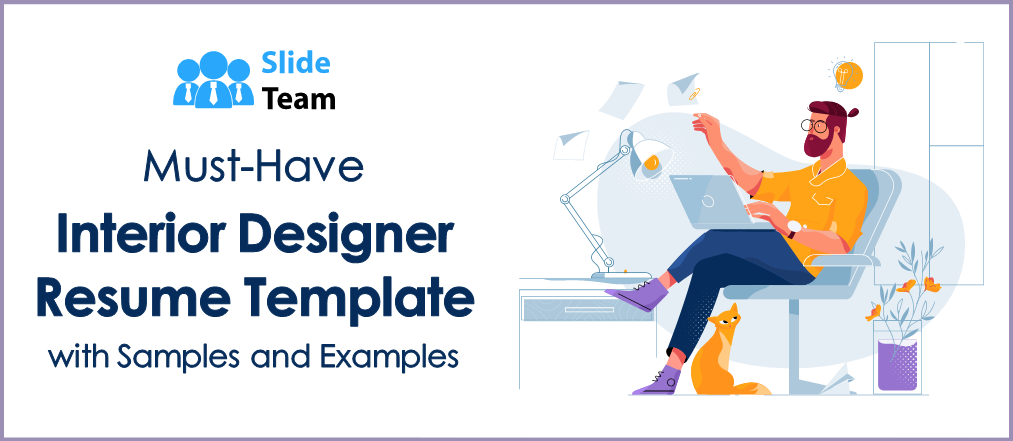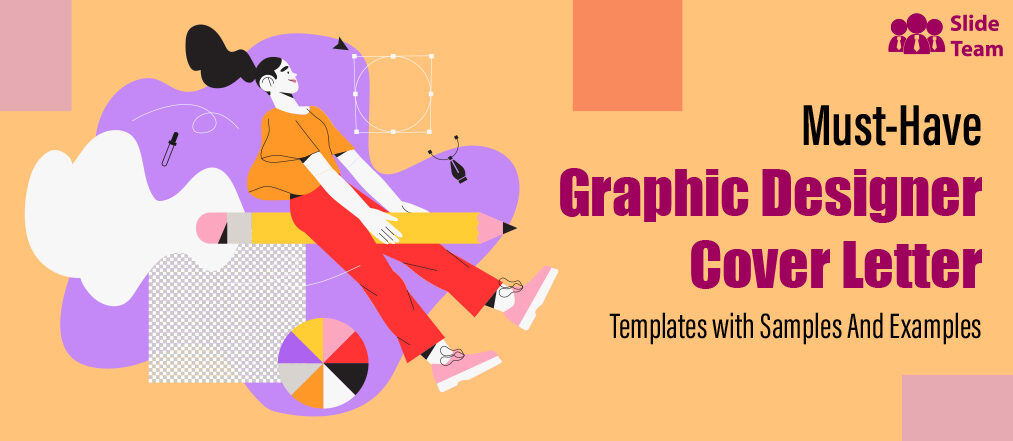Psychology has many principles or areas of study that explore how the brain responds to beauty, symmetry, and well-structured design, like Neuroaesthetics and the Gestalt principle, often called Gestalt psychology or Gestalt theory.
Designers use these theories to understand how the brain perceives and organizes visual information, symmetry, and beauty. It makes a creator's work more intuitive, aesthetically pleasing, and easy to understand and navigate for viewers. Nowadays, such effective designs created with backup from cognitive rationality are strategic tools for businesses around the globe.
Design As A Strategic Tool
Beyond aesthetics, businesses today wield design as a strategic weapon to carve unique brand identities, amplify customer interactions, and set themselves apart in a competitive landscape. Think about the sleek logos that linger in memory like The Golden Arches of Mcdonalds', the intuitive interfaces that make your digital experiences effortless, and the architectural marvels that redefine urban landscapes. These are not mere aesthetics but deliberate strategies businesses employ to leave an indelible mark on the minds of their audience.
Similarly, architects envision our spaces, interior designers breathe life into environments, and graphic designers craft visual identities that resonate. UI/UX designers, the unsung heroes of the digital realm, also engineer the experiences that define our interactions with websites and apps. Industrial designers transform everyday objects into functional works of art, and fashion designers weave culture and creativity into the very fabric of our lives. Each discipline is an essential cog in the machinery of design, and each professional is a visionary in their own right.
To sum it up, in its diverse forms, design has become the cornerstone of modern enterprises, a strategic asset that fuels innovation, drives engagement, and defines the very essence of a brand.
Design Proposal Templates: The Canvas of Creators
Yet, for designers, the challenge lies in conceiving exceptional designs and conveying their vision to potential clients in an effective way. Enter the powerful tool gaining prominence — the design proposal. These proposals are the keystones between inspiration and realization, bridging the gap between concept and creation. Designers articulate the 'why,' 'what,' and 'how' of their creative endeavors upon these canvases. In fact, design proposals are the storytellers, revealing the project's essence and the heart and soul of the designer!
In the designer’s world, where innovation and aesthetics merge, having the right tools can make all the difference between success and obscurity. Here is where our design proposal templates come into play.
These 100% customizable PPT Layouts are partners in persuasion and provide you with the desired flexibility to present your inspiration and ideas. Our content-ready slides allow designers to transform proposals into compelling narratives that captivate clients, secure projects, and manifest their creative visions.
Let’s explore these design proposal templates together!
1. Web Design Proposal PowerPoint Presentation Templates
Impress potential clients by introducing your company using this comprehensive deck. It includes slides covering proposal outlines, target audience demographics, project objectives, design processes, marketing strategies, timelines, etc. Use this PPT Layout to showcase your expertise, tools, and techniques in the web design process. Communicate each stage, from planning to deployment, in an easy-to-understand and transparent manner and make a lasting impression to seal the deal. Download it now!
2. Website UI/UX Design Proposal Presentation Deck
A well-designed website is the gateway to success for businesses worldwide. This expert-designed deck helps you articulate key deliverables and understand client requirements, framing project context and goals in an eye-catching way. Promise a responsive website with all essential elements for a seamless user experience. Address the challenges clients have and outline a detailed action plan covering the launch, visual design, blueprint, project kickoff, content, and development. Use this PowerPoint Presentation to explain the design process, content, and cost details, ensuring transparency. Showcase your excellence with awards and achievements, leaving a lasting impression. Get this must-have design proposal templates bundle to win more clients for your UI/UX and web design services.
3. Building Designing Proposal PowerPoint Presentation Deck
This complete slide bundle will help showcase your real-estate enterprise's capabilities and expand your client base. It begins with a project summary highlighting your scope of work, including life safety planning, interior design, space planning, and project management. Showcase your technical expertise with details of completed projects with location, timeline, and budget details backed by client testimonials. Present a clear 30-60-90-day action plan to illustrate your firm's work schedule and efficiency. Delve into sustainable design evaluation, budget management, contractor selection, and post-occupancy surveys. Introduce your skilled team of professionals and highlight years of experience. Outline billing information for each project phase with transparency. Build trust by sharing your organization's background, mission, and vision. Ideal for architecture and design professionals seeking to impress and influence potential clients, this presentation deck is a must-have. Grab it today!
4. One-page Graphic Design Proposal Presentation Template
Streamline your graphic design proposals with this user-friendly PPT Design that simplifies the proposal process and helps you communicate with ease and confidence to clients. It features organized sections for client briefs, recommendations, team information, and risk assessment, ensuring crucial aspects are covered. A visually appealing table outlines the workflow, detailing phases and components involved in the project. The one-page presentation layout also presents project costs and durations, offering estimated expenses and durations for each phase completion. It empowers you to create persuasive, one-page proposals that impress clients, saving time and enhancing professionalism. Download it now!
Let Us Handle The Administration!
A well-structured and persuasive design proposal is crucial for securing client approval and initiating a design project. It should communicate your expertise, creativity, and commitment to meeting the client's needs in an effective and persuasive way. To streamline this process and help designers, our design proposal templates can be a game-changer. These presentation layouts provide a polished framework and solid foundation that saves you valuable time and ensures you don't miss essential components in your proposal. Our interior design presentation ppt will help you create impressive and impactful proposals.
With the right template at your disposal, you can focus more on the creative aspects of your design work and less on administrative tasks. Whether you are a seasoned designer or a newbie, these design proposal templates should be in every creator's toolkit.
Without further ado, download these design proposal templates today to increase your chances of winning over clients and create exciting design projects with professional bids.
FAQs on Design Proposal
What is a design proposal?
A design proposal outlines the details of a design project and presents a comprehensive plan for how the design will be developed and executed. It serves as a communication tool between a designer or design team and a client or stakeholder. The design proposal conveys the scope of work, project objectives, design concepts, and associated costs and timelines. It includes visual elements such as sketches, diagrams, or mood boards to help the client visualize the proposed design.
How do you write a design proposal?
Writing a design proposal involves the following steps:
- Understand the Client's Needs: Begin by understanding the client's requirements, preferences, and goals for the design project. This involves meetings or discussions to gather all necessary information.
- Define the Scope: Define the scope of the project, including what will be delivered, the expected outcomes, and any limitations or constraints.
- Develop Design Concepts: Create design concepts or ideas that align with the client's objectives. These can be presented through sketches, mood boards, or visual representations.
- Detail the Methodology: Explain how you plan to approach the design project, including the creative process, research, materials, and tools you will use.
- Provide a Timeline: Outline a realistic timeline for the project, including milestones and deadlines. It helps the client understand the project's duration.
- Estimate Costs: Break down the estimated costs of the project, including design fees, materials, labor, and other expenses.
- Showcase Portfolio: Highlight your relevant experience and previous work demonstrating your ability to handle the project.
- Address Terms and Conditions: Include terms and conditions, such as payment terms, intellectual property (IP) rights, and project revisions.
- Call to Action: Conclude the proposal with a clear call to action, encouraging the client to accept or engage in further discussions.
What should be included in the design proposal?
A comprehensive design proposal includes the following components:
- Title Page: Featuring the project name, your company's name, logo, and contact information.
- Introduction: A brief overview of the project and an introduction to your design team or company.
- Project Description: Detailed information about the design project, including objectives, goals, and the problem with proposed solutions.
- Scope of Work: What is included in the project and what is not, along with specific deliverables.
- Design Concepts: Visual representations or descriptions of design ideas and concepts to show proposed aesthetics to clients.
- Methodology: Description of your approach to the design process, including research, design development, and revisions.
- Timeline: Outlines key milestones and project deadlines.
- Cost Estimate: A breakdown of expenses, including design fees, materials, labor, and other costs.
- Portfolio: Samples of your previous work or a portfolio that showcases relevant projects.
- Terms and Conditions: Legal and contractual aspects, such as payment terms, ownership of intellectual property, and revision policies.
- Conclusion and Call to Action: Summarize the proposal's key points and invite the client to accept the bid or request further discussions.
- Appendices: Additional supporting documents, such as references, testimonials, or detailed technical specifications.





 Customer Reviews
Customer Reviews


